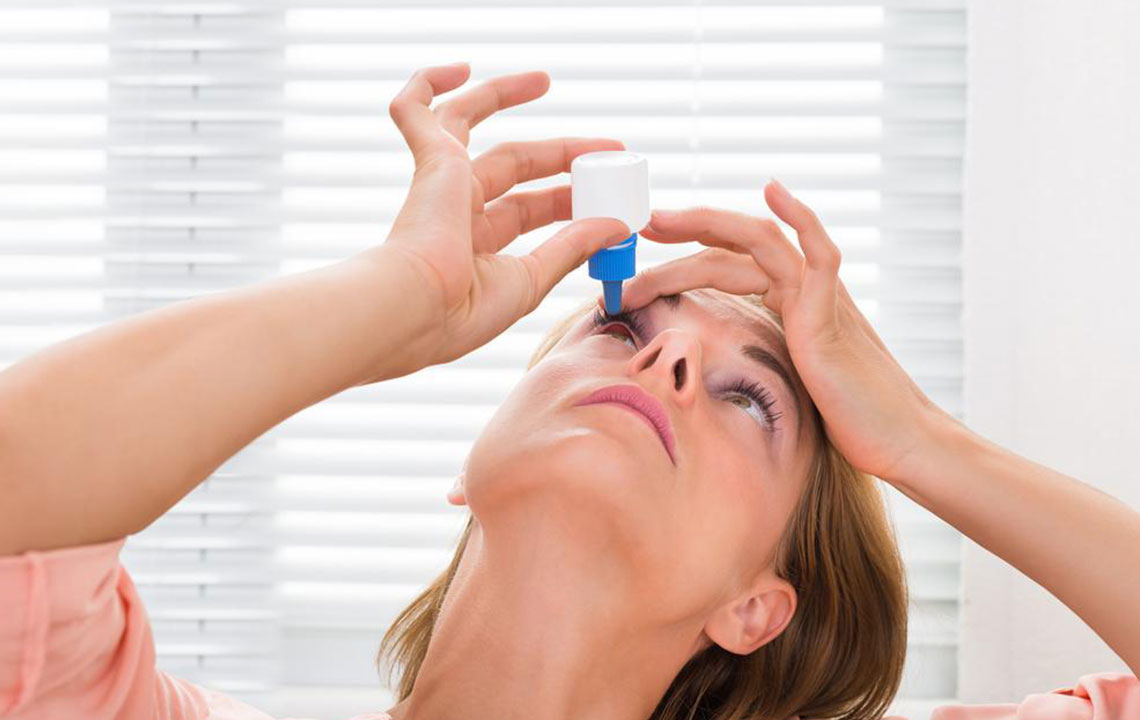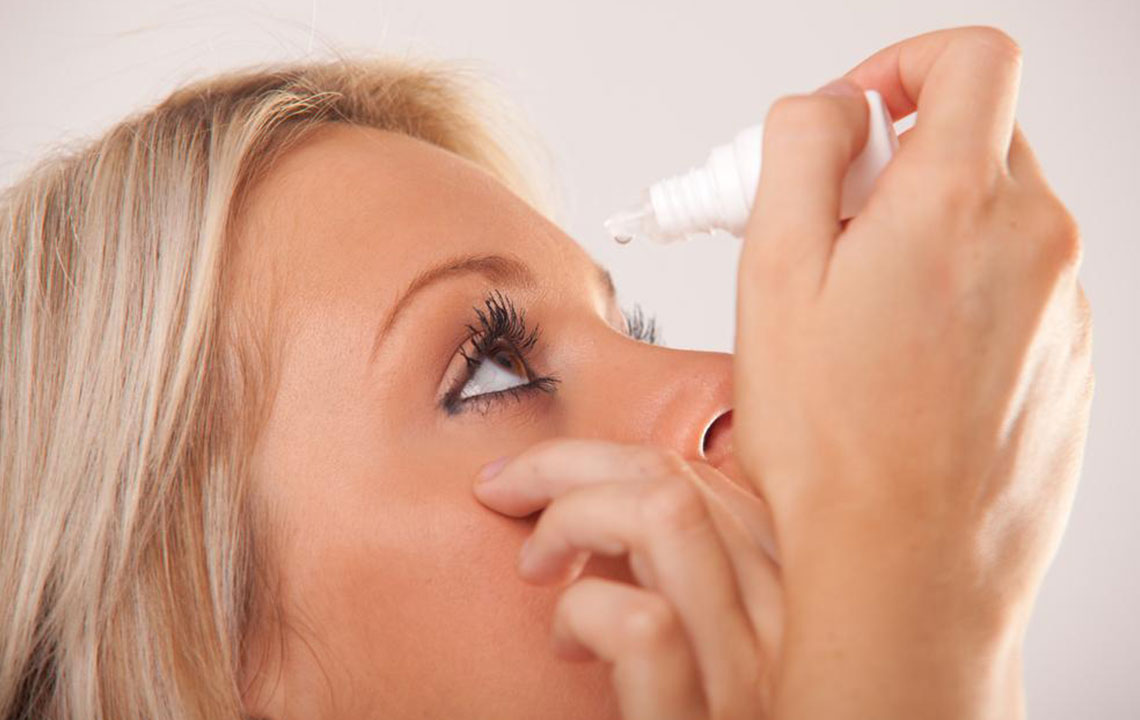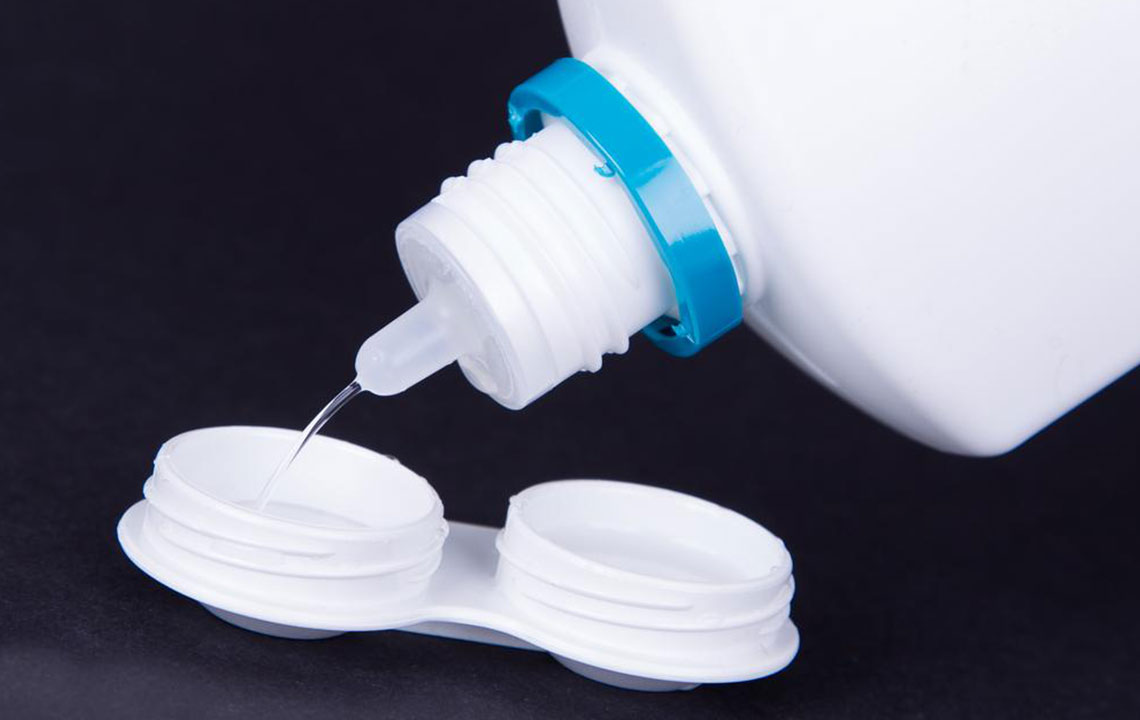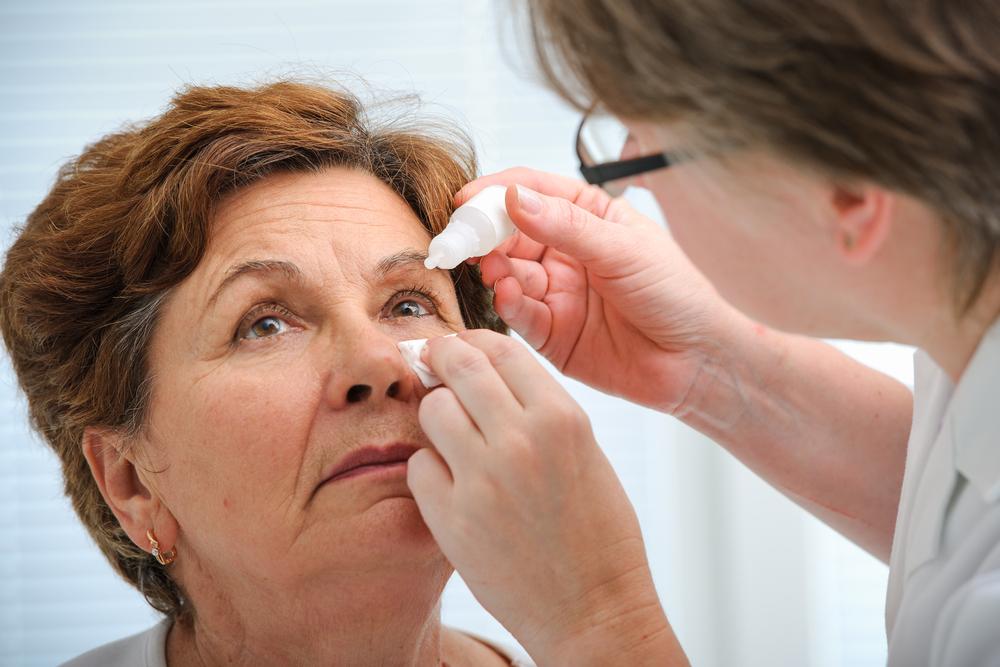Relief for Dry Eyes: Effective Eye Drops and Care Tips
Discover effective treatments for dry eyes with the right eye drops. Understand causes, choose between prescription and over-the-counter options, and learn helpful tips for maintaining eye health. Regular eye exams and proper eye care can prevent serious issues and provide lasting relief from dryness and irritation.

Relief for Dry Eyes: Effective Eye Drops and Care Tips
Many individuals face the discomfort of dry eyes, a common condition caused by various factors. Dry eyes occur when the eye's natural moisture levels drop below optimal, leading to irritation, burning, and redness.
Environmental elements like dust, smoke, and pollution, along with health issues and age-related changes, contribute to this problem. Modern habits, including prolonged screen time, sleep deprivation, and exposure to bright lights, further exacerbate dry eye issues. Typically affecting those over fifty, dry eyes can also be due to lifestyle choices and environmental conditions.
Addressing dry eyes promptly is essential. Dry Eye Syndrome happens when tear production diminishes, causing discomfort and a sensation of grittiness. Staring at screens for too long without blinking can worsen this condition.
The market offers numerous eye drops aimed at alleviating dry eye symptoms. However, understanding the underlying cause is crucial before selecting a product. Knowing why your eyes are dry helps in choosing the most effective treatment for your needs.
What are the best eye drops for dry eyes?
When selecting over-the-counter solutions, consider two key factors: the cause of your dryness and the ingredients in the drops.
Selecting the right drops involves asking yourself the following questions:
Lubricating eye drops typically contain humectants, which help retain moisture. Electrolytes like potassium may also be included to maintain hydration.
Prescribed treatments such as Restasis (Cyclosporine) are effective for chronic dry eye conditions, including inflammation and conjunctivitis. These require a doctor’s prescription, are used twice daily, and can boost tear production over time, but long-term use should be monitored for side effects.
Over-the-counter options, including gels and ointments, provide relief from irritation, redness, and burning. Gels are especially suitable for overnight use due to their prolonged effect.
Eye drops come in two forms: preservative-free and preservative-containing. While preservatives prevent bacterial growth, some users find them irritating and should opt for preservative-free products, especially for regular use.
For severe dry eyes, preservative-free drops in single-use containers are advisable. If you notice burning or discomfort after application, consult your healthcare provider immediately and rinse your eyes with clean water.
It’s also wise to have your vision checked regularly, as ongoing dry eye issues can signal other underlying problems. Keeping up with biannual eye exams helps maintain eye health and prevent further complications.
When treating dry eyes, avoid switching frequently between products; use only those recommended by an eye care professional. Rest your eyes frequently, follow your doctor’s advice, and soon you’ll experience significant relief from dryness.










